Its richness of cultural layers from different social classes including the court nobility, samurais, temples and shrines, and merchants;Three of the artisans in Odawara are recognized by the Japanese government as masters of the lacquerapplying craft Mr Ishikawa who is one of them 's style of applying lacquer initially produces a matte, rather than shiny finish, as he suggests the item will gain a natural shine the more it is used, and that they should therefore be used and washed oftenLacquerware (漆器 shiki) is a Japanese craft with a wide range of fine and decorative arts, as lacquer has been used in urushie, prints, and on a wide variety
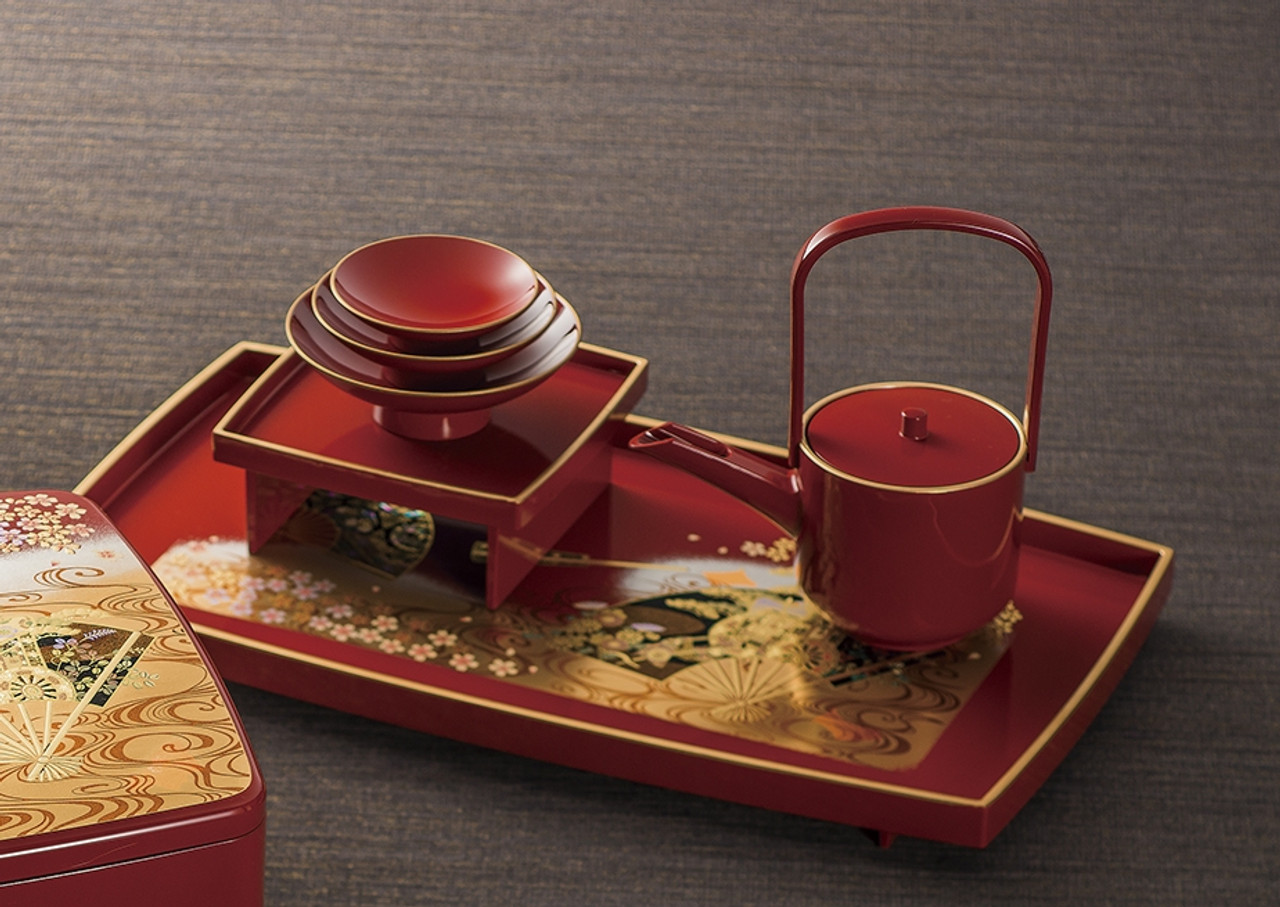
New Sake O Toso Otoso Drinking Set Elegant Kyo Motif Yamanaka Lacquerware Japan Manekinekoai
Lacquerware japan history
Lacquerware japan history-Kanazawa lacquerware (called Kanazawa shikki in Japanese) is produced in the area around the city of Kanazawa, in Ishikawa prefecture It was developed for the liking of feudal lords as it had the financial backing of the Kaga domain (present day Kanazawa) This domain was so large and wealthy that it was described as hyakumangoku, or havingBuying Japanese lacquerware There are many places where you can find lacquerware on display, and for sale, in Japan The town of Wajima in Ishikawa Prefecture is credited with producing some of the highest quality products A number of sources are listed at this Japanese lacquerwarerelated website



Japan Lacquerware Shop Eyes Overseas Markets With All Lacquer Art
Buy Japanese Lacquerware Bowls, Trays, Plates and Vessels at the1com nowThe History of Japanese Lacquerware "Shikki" is the Japanese word that describes the craft of painting paper or wooden items with "urushi" "Urushi," in turn, is the word for Japanese lacquer, made from tree resin, which not only provides a beautiful color and sheen, but also increases the durability of the items that it coats and can even be used as a glueJapanese Lacquerware Isuke Isuke is a company in Kyoto with a history of more than 180 years who provides superiorquality lacquerware The company is known to continuously strive to innovate on the traditional Japanese craft Click here for more information on the company or you can also take a look at their company website
Lacquerwork Lacquerwork Japan Although the earliest reference to the manufacture of lacquer accepted by all Japanese authorities is a code of law (known as Taihō code) dated 701, there can be no doubt that the manufacture was brought to Japan from China via Korea at the time of the introduction of Buddhism in the middle of the 6th centuryShikki means lacquered container in Japanese The center of Kishu Lacquerware, or Kishu Shikki, is now Kuroe Town, part of Kainan City in Wakayama Prefecture Currently it is one of the four largest producers of lacquerware items in Japan Traditionally all Kishu lacquerware was made of wood but nowadays they are also made of plastic1405 · Other examples of Japanese lacquerware techniques include Ikkanbari A 17thcentury technique to make tea wares, involving the application of layers of lacquer to molded paper Irourushi The technique of adding pigments to clear lacquer Natural pigments were limited to red, yellow, green,
In Japan lacquer is applied in very different areas on coatofarmor (yoroi), on chests (tansu) and (low) tables to make them durable and as decoration but also on high quality utensils as bowls, tea caddies, trays and plates Read more about lacquerware on our culture page! · Lacquerware is one of Japan's bestknown crafts It is used to produce a wide variety of functional, decorative and ceremonial items from bento boxes to Buddhist sculptures The history of lacquering in Japan dates back to the Jōmon period (approx 14,000—300 BCE); · Japan Museum SieboldHuis is pleased to present the exhibition 'Modern Japanese Lacquerware'From 16 September to 26 November eleven renowned Japanese artists will display a selection of their works depicting the adaptation of this classic lacquerware technique to contemporary art



Vintage 1960s Black Lacquerware Lazy Susan Rotating Serving Tray Japan 9 Piece Set Chairish
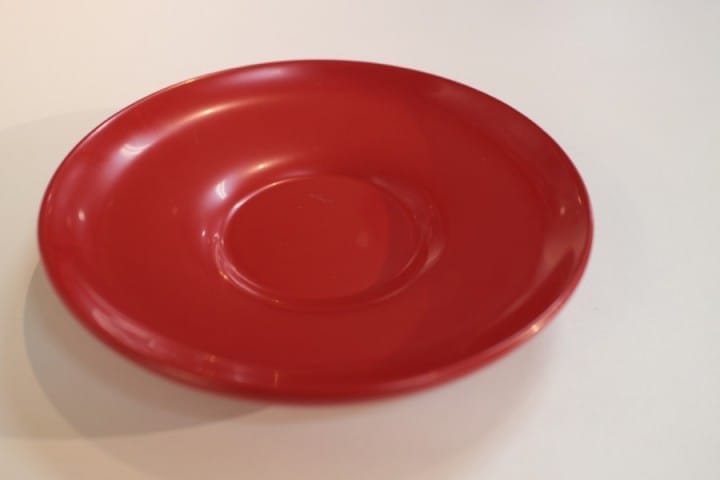


Japanese Lacquerware How To Distinguish Quality Items Matcha Japan Travel Web Magazine
622 KB 18th19th Century Japanese box for writing equipment ()jpg 1,453 ×Okhpbiz/Japaneselacquerware Apparaten Paginatransparantie Meer weergeven Facebook toont informatie om je een beter inzicht te geven in het doel van een pagina Bekijk acties die zijn uitgevoerd door de mensen die inhoud beheren en plaatsenNoto Lacquerware is considered the best in Japan and the most expensive When you look into how each piece is made, the quality, and longevity, then the price becomes less of an issue After touring three of the over 500 lacquerware shops in Wajima, I was astonished at what it takes to make just one piece The process begins with the drying of
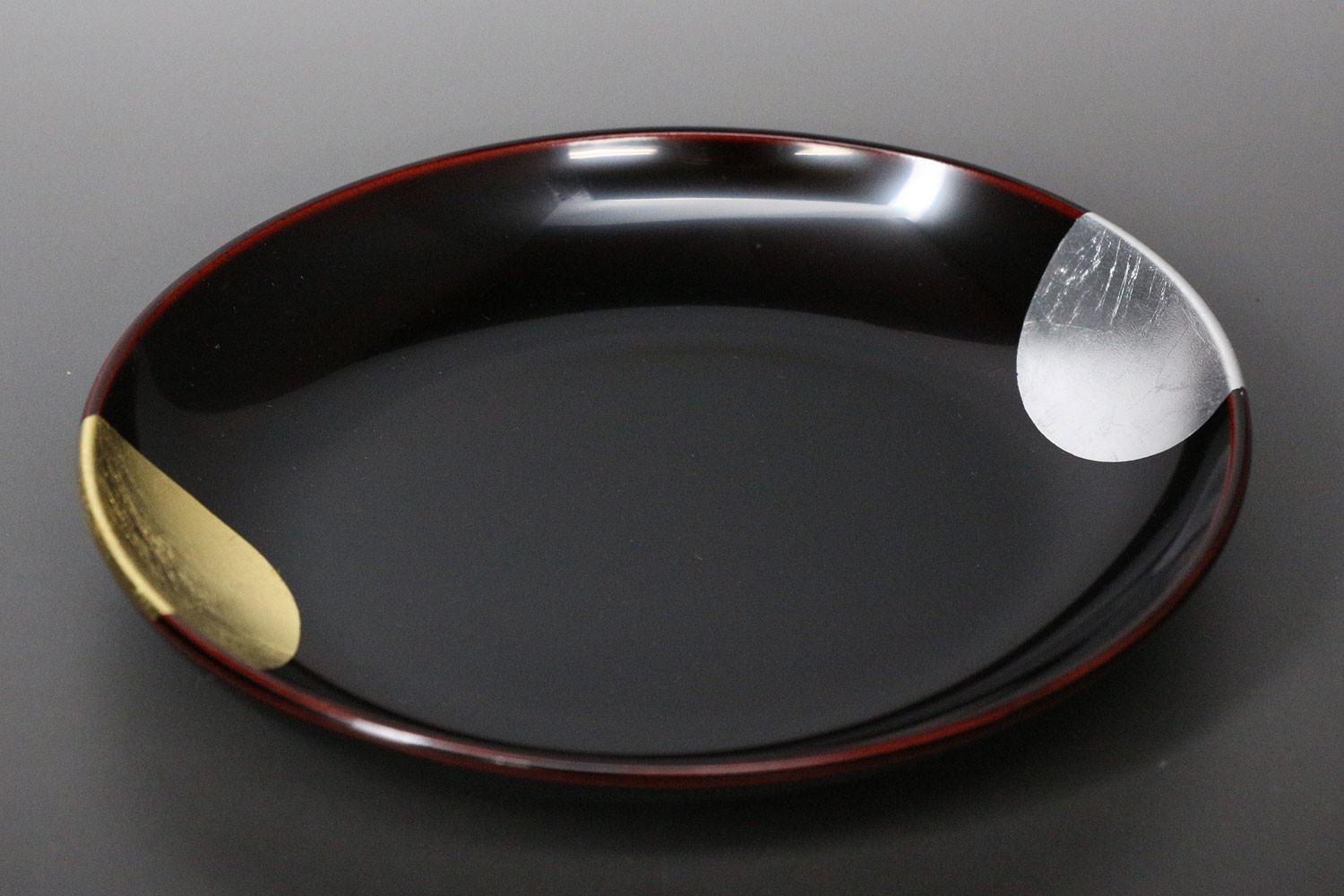


Plate Echizen Lacquerware Sweets Made In Japan Import Japanese Products At Wholesale Prices Super Delivery



The Book Of Urushi Japanese Lacquerware From A Master Matsuda Gonroku Amazon Com Books
Check out our lacquerware japan selection for the very best in unique or custom, handmade pieces from our shopsLacquerware, which is known as "Japan" throughout the world, is one of Japan's representative traditional crafts What is unique about lacquering is its long history dating back to the Jomon period (before 300 BC);Japanese lacquerware has garnered fame overseas It was prized by Europeans who visited Japan during the Age of Discovery (from the 15th to mid17th century) and by aristocrats and royalty, including Marie Antoinette, who amassed a famous collection of Japanese lacquerware items
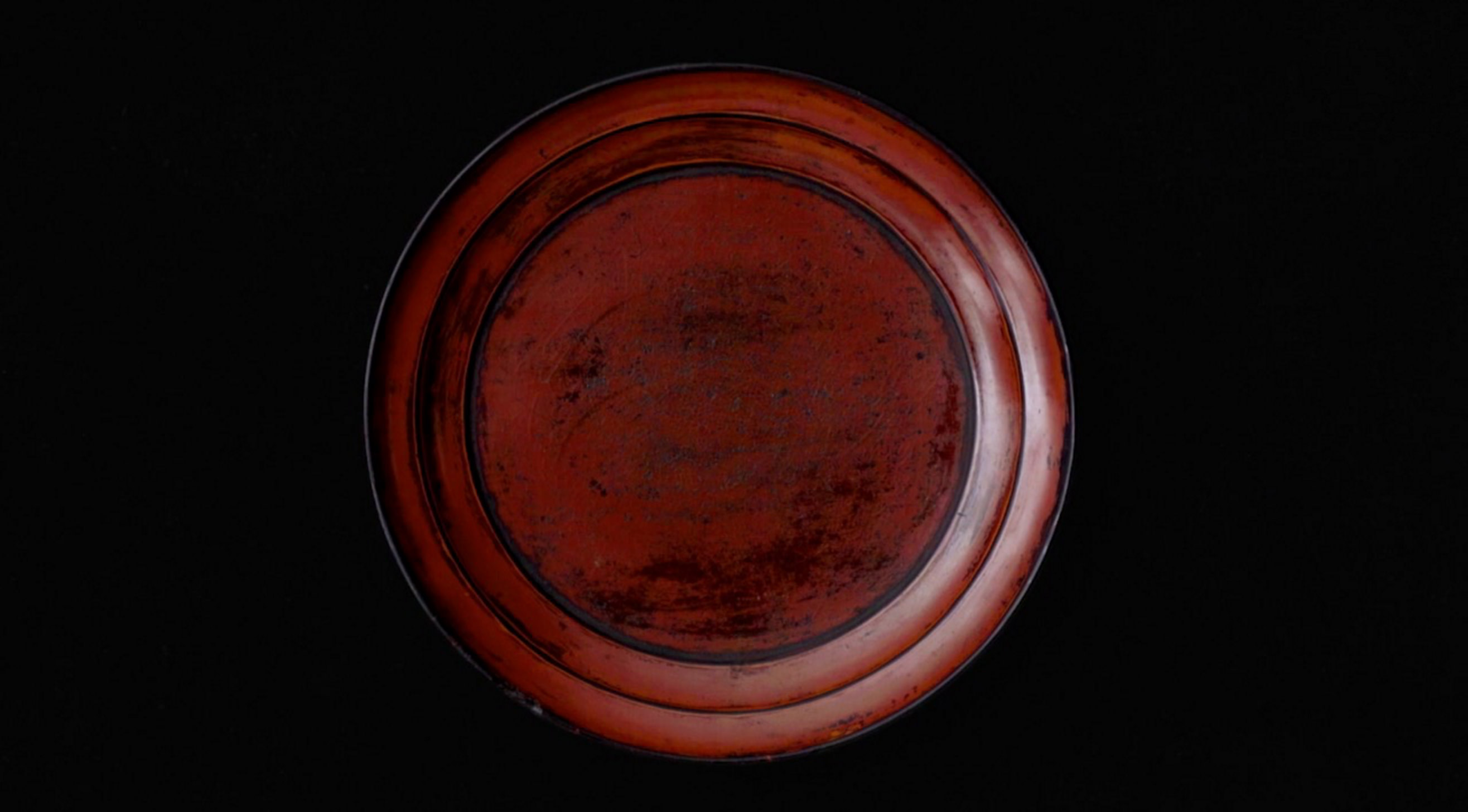


Lacquerware Stories Japan House



Japanese Lacquerware Bowls Wan From Amabro Japan Design Store The Best Buy Japanese Gift Japan Design Store
· Media in category "Lacquerware of Japan" The following 75 files are in this category, out of 75 total 'Fuji onoura', 'makie' picture by Shibata Zeshin, 1872jpg 2,406 × 1,578;Lacquered bowls (5) Wood Set of 5 handcrafted black and red elegantly shaped red and gold lacquerware bowls Japan ca s (Early Showa period) Set of 5 handcrafted black and red elegantly shaped red and gold lacquerware bowls with their lids The bowls are placed on a black lacquered foot The lid isAnd the local varieties of lacquerware
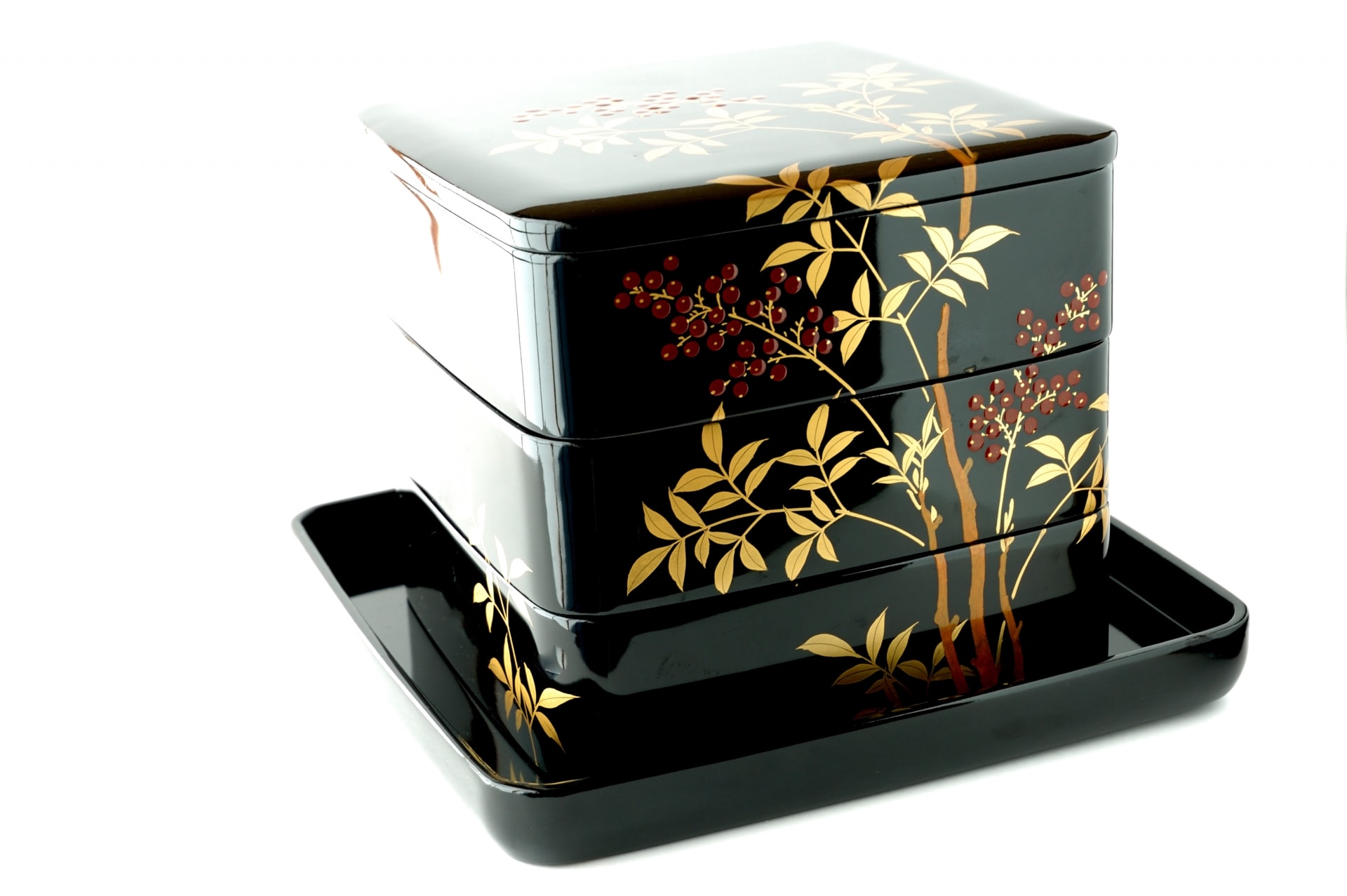


Urushi All About Japanese Lacquerware And Where To Find It In Kyoto Kyoto Inn Tour



Wajima Nuri Lacquerware Embodying The Strength And Beauty Of Japan And Its People Orientalsouls Com
The place is called "Ryukyu" in the past Taking advantage of its location, people in Okinawa imported lacquer making techniques handed from China (which is closer than the main land of Japan) and improved to make their original lacquerware, which became to be called "Ryukyu lacquerware"Japanese Wooden Sweets Plate Vintage 5pc Wajima Lacquer Ware Hand Paint 84 $1799 Was $2999 $1400 shipping or Best Offer · Japanese lacquerware is made from the sap of the lacquer or urushi tree, native to Japan The sap is a close relation to poison ivy and is poisonous to the touch until it dries In the most basic terms, the urushi sap is a naturally made plastic and
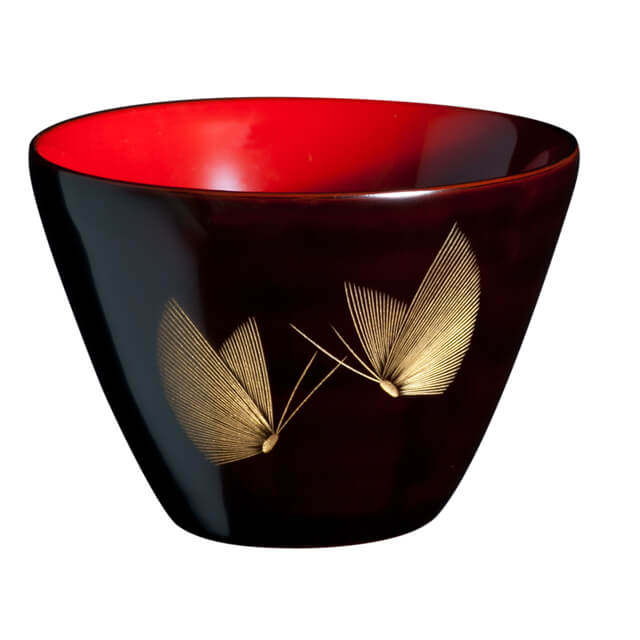


Japanese Lacquerware Urushi Sake Cup Butterfly Orientalsouls Com



Japanese Lacquerware A Collector S Guide
0506 · Japanese artists created their own style and perfected the art of decorated lacquerware during the 8th century Japanese lacquer skills reached its peak as early as the twelfth century, at the end of the Heian period () This skill was passed on from father to son and from master to apprentice · Lacquerware is referred to by the Sinitic compound shikki (漆器) in Japanese The native term for lacquer is urushi (漆), source of the English hybrid word " urushiol "YAMADA HEIANDO is a Japanese lacquerware brand, with more than 90 years of history and traditions Founded in 1919 in Tokyo, Japan, we have always been serving the finest lacquer items The extensive lineup ranges from classic sets of tableware to jewelry boxes in luxury, with more than 400 items in total
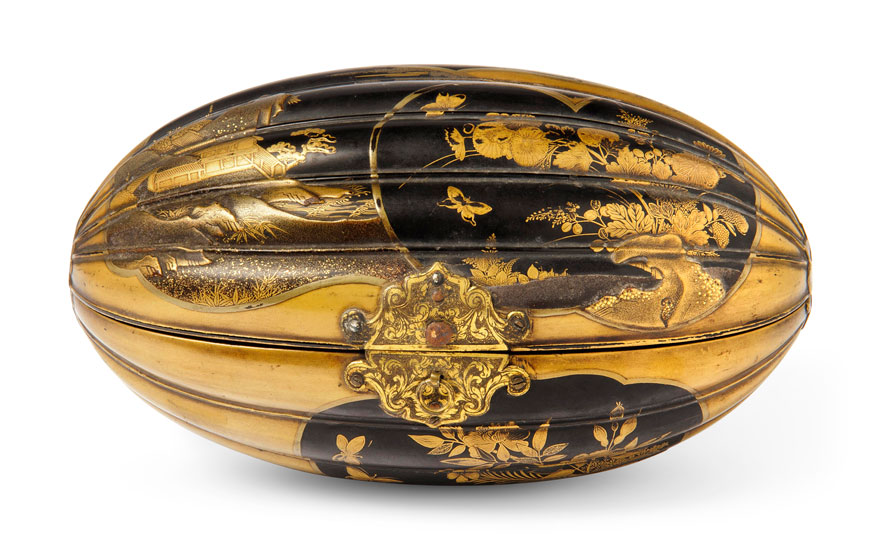


A Guide To Japanese Lacquer Christie S



Japanese Lacquerware Japanvisitor Japan Travel Guide
In Japanese, the lacquer itself is called "Urushi", and lacquer ware is called "Shikki (lacquer ware)" or "Nurimono (painted things)" Hardened lacquer forms a highly protective coating that repels water and prevents rotting in addition to resisting the effects of acid, alkali, salt and alcohol Lacquer has to be applied on something – a coreLacquerware is a hallmark of Japanese traditional craft made of wood, cloth or paper applied lacquer It has a long history since the origin of the Japanese lacquerware is said to date back to about 9,000 years considered the oldest tableware in Japan Lacquer is a natural material derived from the sap of the Urushi lacquer tree and is prized1701 · Urushi (lacquer) is made using the sap from the rhus vernicifera, Japanese lacquer tree, which is only grown in the Far East and Southeast Asia To harvested the sap, incisions are made in the tree's bark


Ouchi Lacquerware Authentic Japanese Product


Ume Dome Box Yamada Heiando Lacquerware Hand Crafted Imperial Luxury For Japanese Emperor
Okinawa is located near most southern part of Japan Ryukyu lacquerware is made in Okinawa;Japanese lacquerware, or Shikki, has gained popularity around the world There are several famous centers of lacquerware production throughout the whole of Japan (except for Hokkaido) Takaoka ranks amongst the top together with Wajima Lacquerware (Ishikawa Prefecture) and Kishu Lacquerware (Wakayama Prefecture)The earliest lacquerware excavated in Japan so far being burial accessories



Everything You Need To Know About Japanese Lacquerware



3d Model Maki E Japanese Lacquer Ware Cgtrader
Lacquer is also called "japan" As this fact explains, Urushi lacquerware is a representative traditional craft in Japan In this page, we collect Japanese lacquer chopsticks, sake sets, bowls, and lacquer boxes Please feel the beauty of Japanese lacquerware and great usability · But Japanese lacquer – urushi is far from simply an airport souvenir Part of Japan's rich material culture, lacquerware goes all the way back to the Jomon period as early as 5000 BCE and has been used in urushie (paintings created using lacquer), prints, and a wide variety of other objectsThe origins of Japanese lacquer Although now highly stylised, lacquer is first recorded as having been used in a very rudimentary way as far back as the Jomon Period (circa 14, BC) the oldest existing lacquerware today was excavated from ruins dated to about 9,000 years ago



Vintage Lacquerware Spinning Lazy Susan Sectioned Tray Dish Made In Japan Chairish
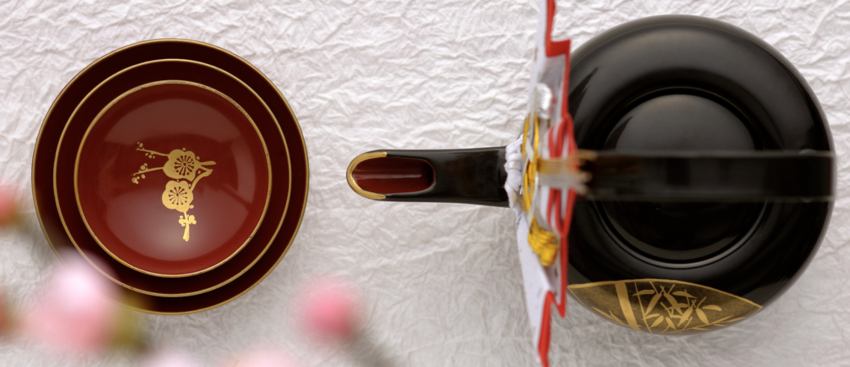


A Beginner S Guide To Japanese Lacquerware Japan Today
Joboji urushi land From the lacquer forests Only less than 3% of the used lacquer in Japan is domestically produced The production area of lacquerware used to be with the producing area of lacquer The number of the production area of lacquerware, traditional handicraft, consists of 17 prefectures, but the production area of lacquer is onlyJapanese lacquerware, referred to as "japan" in the old days, was introduced to the West in the16th century and widely spread in the 17th century by the Dutch East India Company, and immediately enthralled royalty and nobilityBekijk onze japan lacquerware selectie voor de allerbeste unieke of custom handgemaakte items uit onze huis & wonen shops



Checkered Sandalwood Echizen Lacquerware Washoku New Year Made In Japan Import Japanese Products At Wholesale Prices Super Delivery
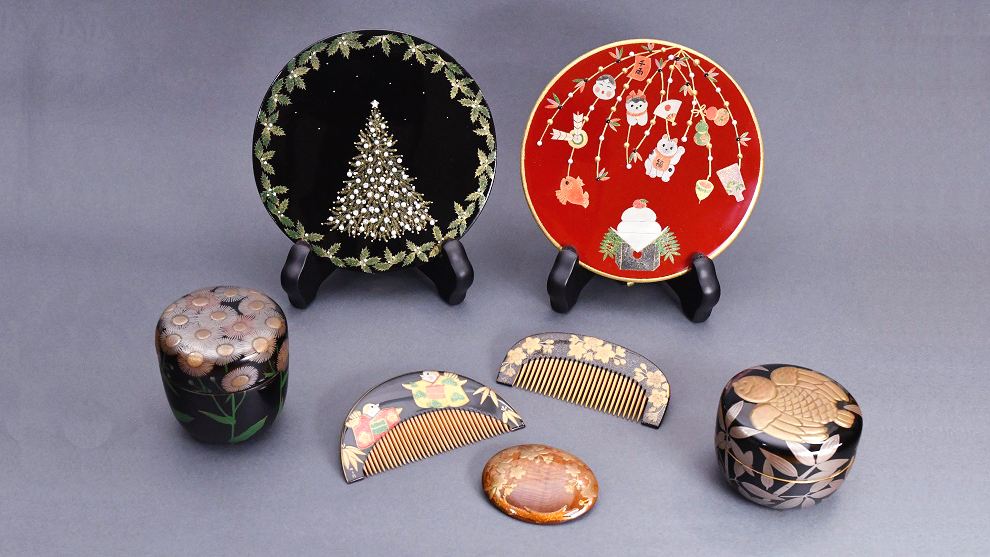


Lovely Lacquerware Of Japan Resobox
Wajima Lacquerware Designated a traditional craft by the government of Japan, Wajima lacquerware is produced in the area around Ishikawa Prefecture's Wajima City Its glamorous, graceful and sophisticated products are widely known as a topquality utility lacquerware For its basewood material, Wajima lacquerware uses cypress, JapaneseJapanese lacquerware is so famous that historically, it was simply referred to as "japan," much like the term "china" is used for Chinese ceramics Today, the majority of people know lacquer art from beautifully decorated bowls, bento boxes, and other kind of tableware and lacquering itself is still a highly regarded art throughout all of Japan · The Charm of Japanese Lacquerware 1 Its Ability to Change with Every Use Lacquerware will show you the passing of time with its everchanging beauty 2 Its Classical Beauty By using the traditional technique of makie, where metal powder (silver or gold) is mixed into 3 Its Gentle Natural Touch



Japanese Lacquerware Wikipedia
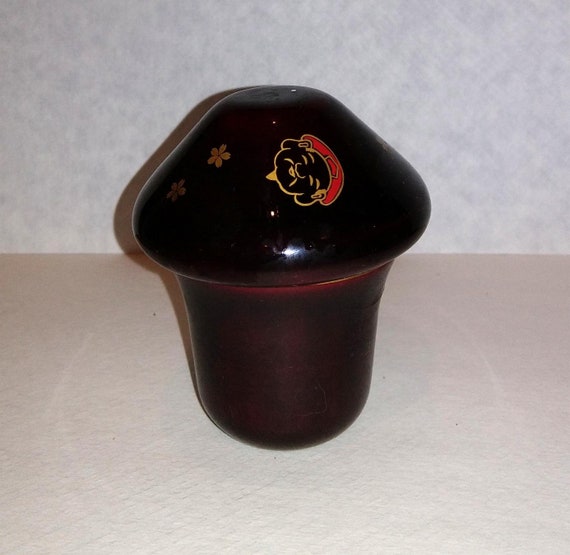


Vintage Burgundy Lacquerware Japan Drinking Game Rare Etsy
T/I Lacquerware is a traditional craft that has represented Japanese culture over six thousand, five hundred years Lacquer is made from the sap o石川県の伝統工芸品・山中漆器の産地に拠点を置く「株式会社 岡田や漆器」のオンラインストアです。 石川県の伝統工芸品・山中漆器を、世界へ向けて発信しています。 近年はiPhoneカバーやアクセサリーなどオリジナル商品の開発にも力を入れています。Though Japan had also been using lacquer in ancient times, the systematic application process used in Japanese lacquerware is said to have developed in China However, the discovery of Japanese lacquerware in Japan from the Jomon period (ca ca 300 BC) offers strong evidence that lacquer technology also independently developed in Japan



Lacquerware Art Techniques Production Information Traditional Japanese Art Gallery Japan



Explore Japan S Rich History Of Lacquerwork At Echizen Lacquerware Traditional Industry Hall Live Japan Travel Guide
2221 · The history of lacquerware Lacquer has been used in Japan since the Jomon period, anywhere from 15,000 to 2,300 years ago During that time, it was mainly used as an antiseptic or adhesive, but over time it became a staple used in both functional and decorative items Everything from wooden pencils to everyday use soup bowls, hair combs, andApr 5, Explore Rasa Flay's board "Lacquerware" on See more ideas about japanese lacquerware, japanese art, japanese inroLacquerware Begin Japanology seizoen 13 () Over Begin Japanology Japans Lakwerk Lakwerk duidt op voorwerpen, vaak van hout vervaardigd, die zijn voorzien van een kenmerkende rode of zwarte laklaag nvankelijk fungeert lak als beschermlaag, maar in
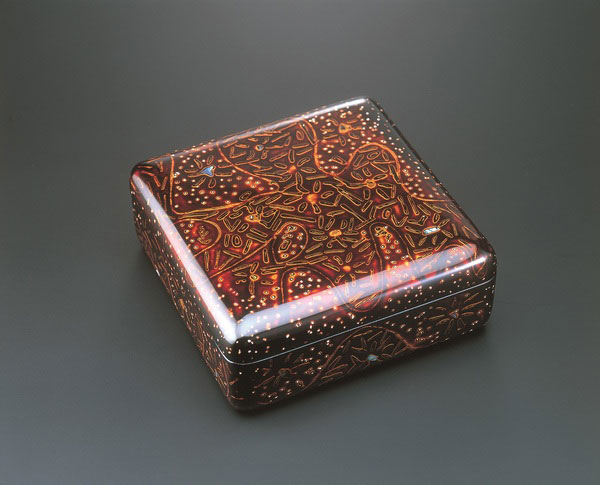


Wakasa Lacquerware Wakasa Nuri Kogei Japan



Japanese Traditional Craft Lacquer Ware Japan Monthly Web Magazine
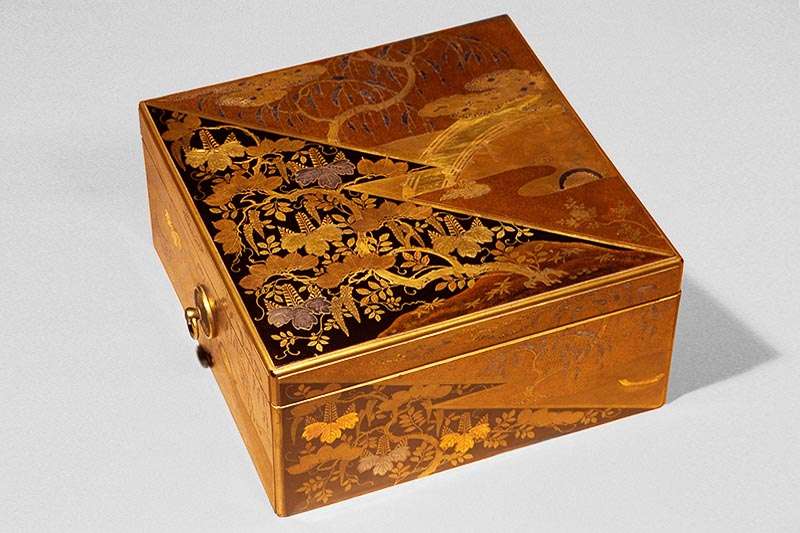


Lacquer Ware Traditional Kyoto



Shikki Lacquerware Fashion Trends In Japan Web Japan
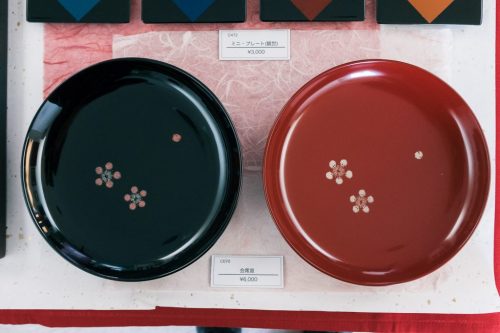


Make Your Own Murakami Lacquerware



Rare Maruni Handmade Occupied Japan Leaf Design Lacquerware Pipe Tobacco Set Vgc Ebay



Japanese Lacquerware A Collector S Guide



Vintage Japanese Lacquerware Salad Set Deep Red Apollo Suzuya



The Artisans Helping Preserve The Luster Of Kishu Lacquerware The Japan Times



Japanese Antique Shikki 漆器 Or Lacquer Ware Gosu Of Shodo Calligraphy The Many Faces Of Japan Ruby Lane



New Sake O Toso Otoso Drinking Set Elegant Kyo Motif Yamanaka Lacquerware Japan Manekinekoai


Yamada Heiando Lacquerware C1919 Hand Crafted Imperial Luxury For Japanese Emperor



Joboji Urushi The Precious Substance Behind Japan S Beautiful Lacquerware Japan Monthly Web Magazine Jnto
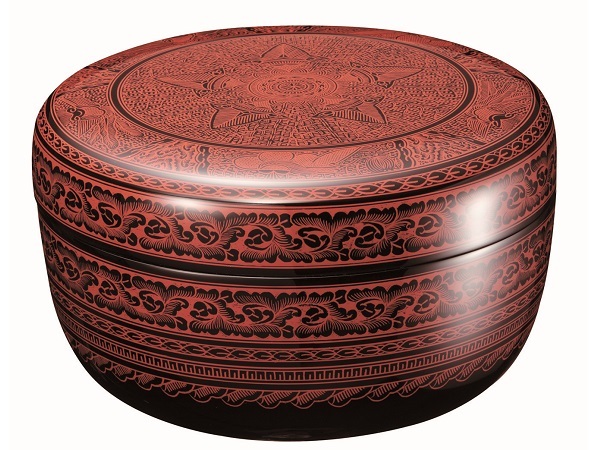


Kagawa Lacquer Ware Kagawa Shikki Lacquerware Japan Shopping Now
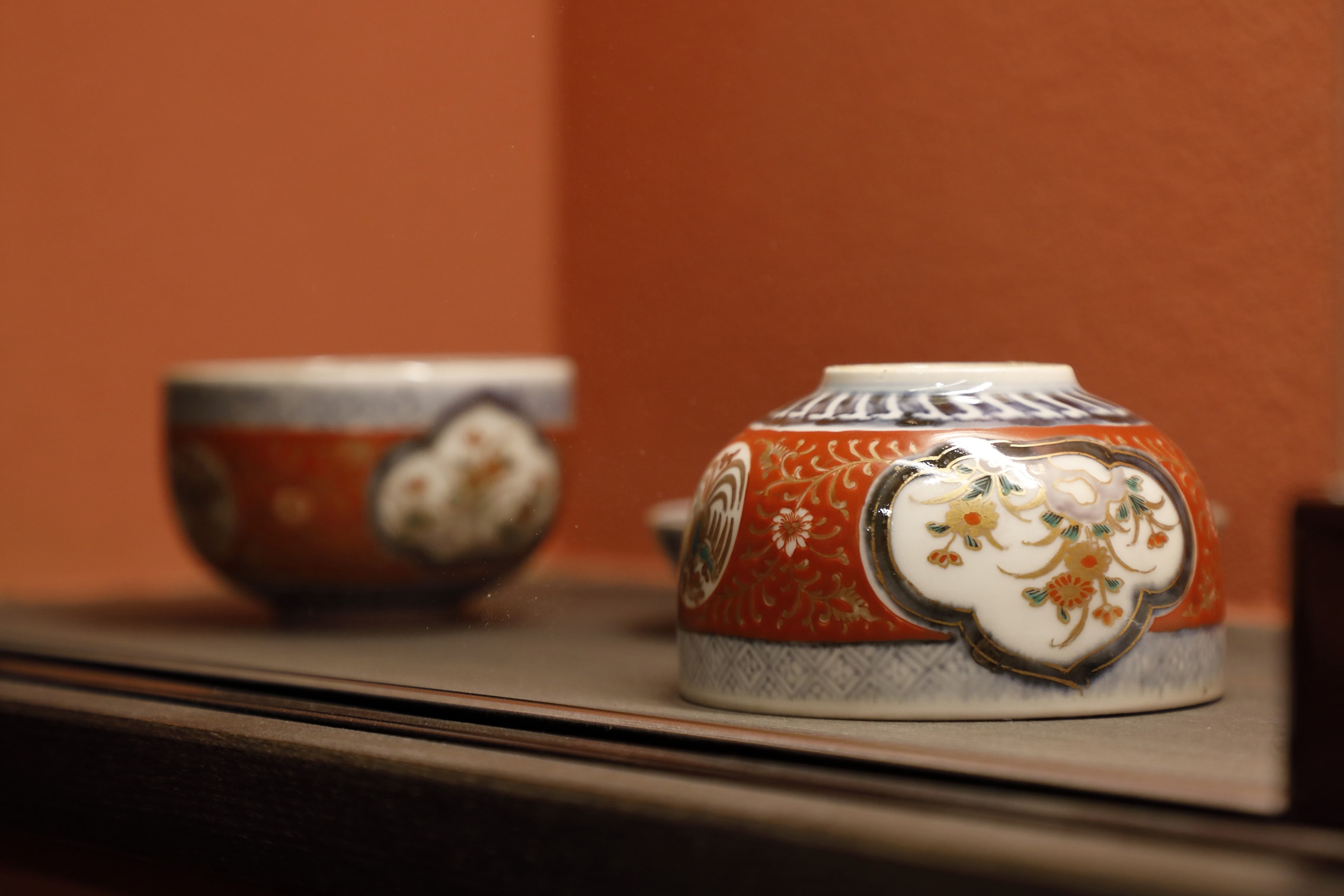


Urushi All About Japanese Lacquerware And Where To Find It In Kyoto Kyoto Inn Tour
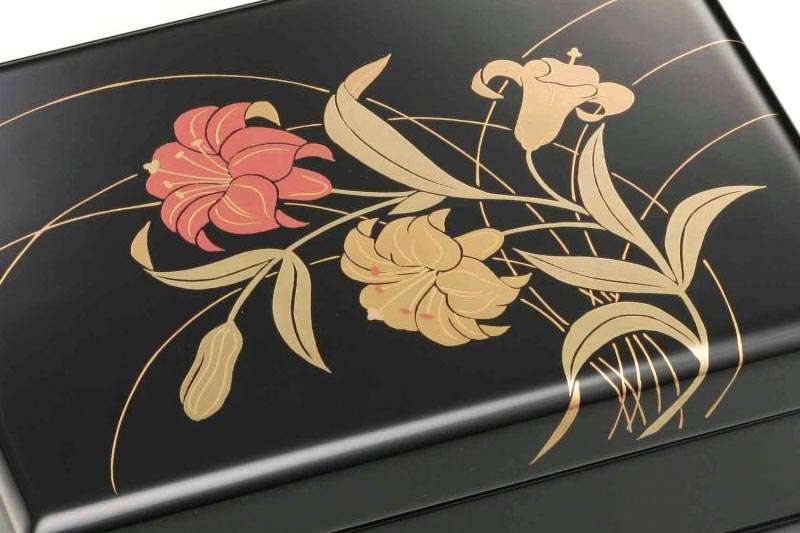


Lacquer Ware Traditional Kyoto


Aizu Lacquerware Refined Japanese Style Appetizer Plate 溜塗



Amazon Com Echizen Lacquerware Mt Fuji Type Japanese Soup Bowl Red Gold From Japan Home Kitchen



Dollhouse Miniatures Japan Japanese Lacquerware Style Toy Kitchenware Bento Box Serving Tray And Bowl Craftcheesefactory Com
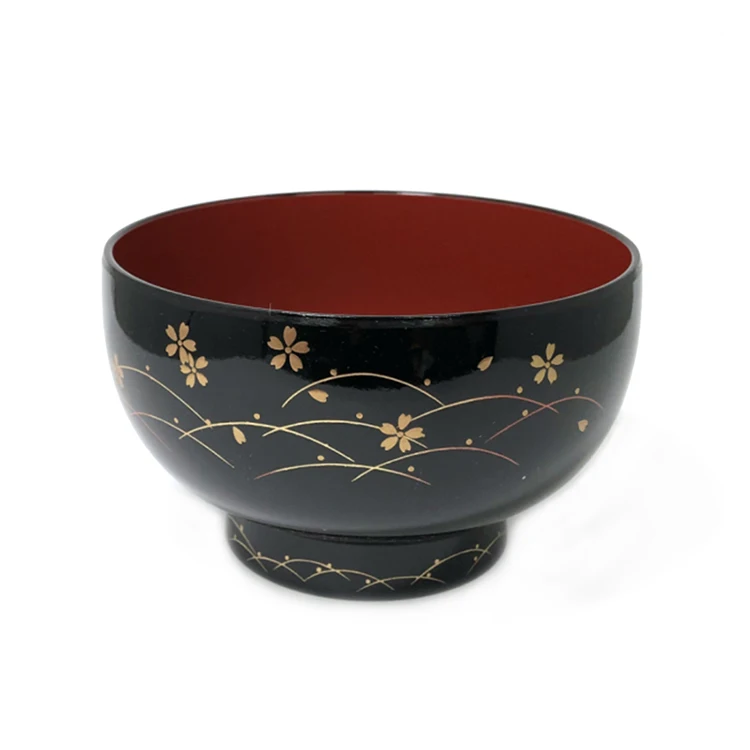


Handmade High Quality Japanese Lacquerware Prices Buy Lacquerware Lacquerware Prices Japanese Lacquerware Product On Alibaba Com



Japanese Lacquerware A Collector S Guide



Japanese Lacquerware Japanvisitor Japan Travel Guide



Japan Lacquerware Shop Eyes Overseas Markets With All Lacquer Art



Japanese Lacquerware Wikipedia



Japan S Traditional Lacquerware Stock Photo Picture And Royalty Free Image Image


Urushi The Beautiful Art Of Japanese Lacquerware Japan Info


Japanese Lacquerware Masters Present Works In Beijing



Amazon Com Japanese Traditional Style Miso Soup Bowl Lacquerware Bowl With Lid 4 25 Diameter Made In Japan Red Soup Bowls



Akita Lacquer Ware Kawatsura Shikki Lacquerware Japan Shopping Now
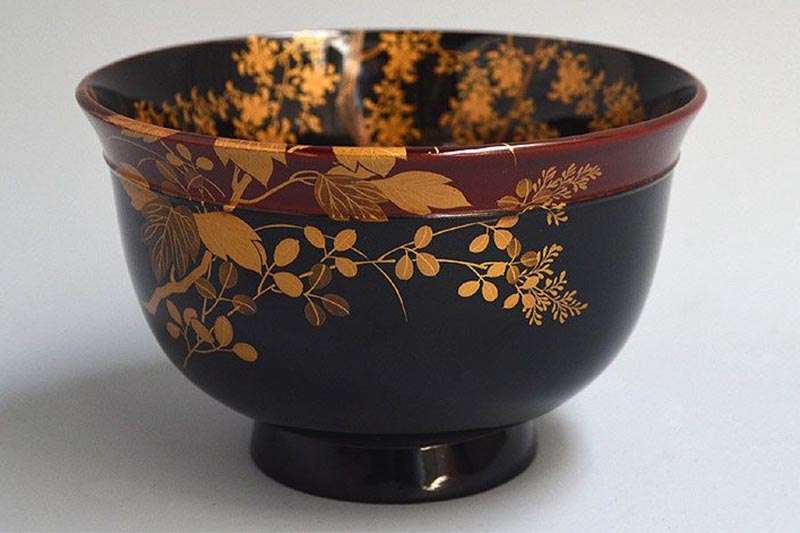


Lacquer Ware Traditional Kyoto
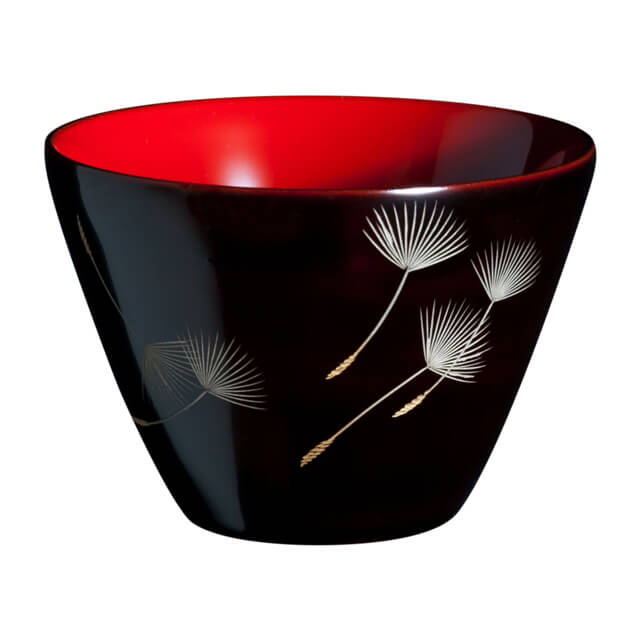


Japanese Lacquerware Urushi Sake Cup Dandelion Orientalsouls Com



Japanese Lacquer Ware Bowl Lidded Yamanaka Lacquerware Cherry Blossoms Vintage Ebay



Japanese Lacquerware Japanvisitor Japan Travel Guide
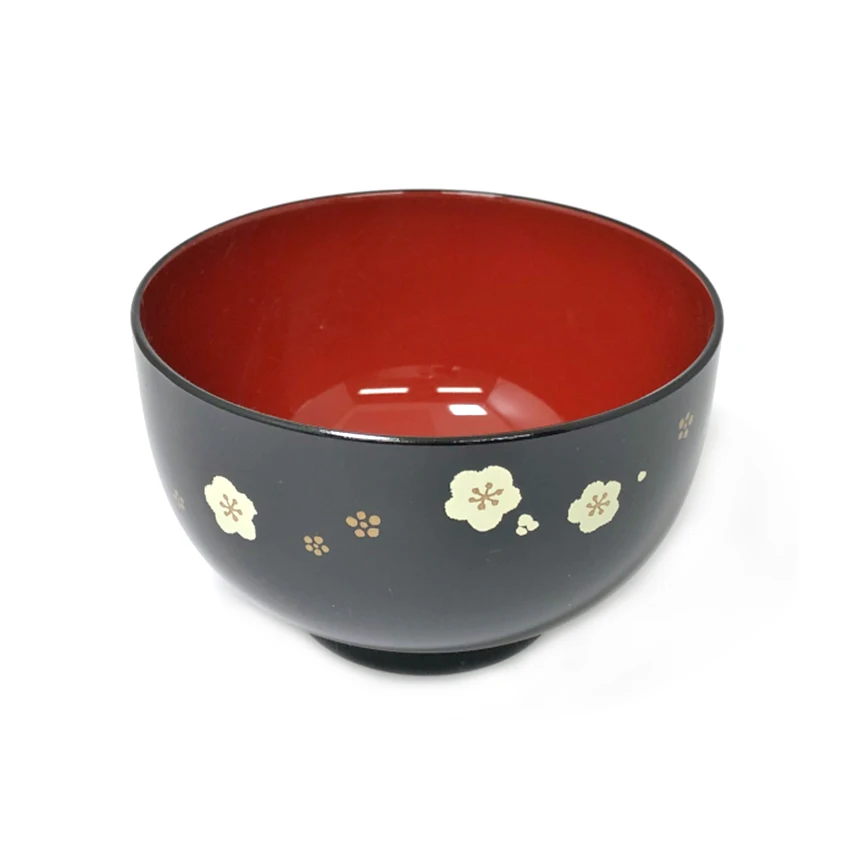


Wholesale Small Gift Items Japan Lacquerware Bowl With Others Buy Japan Lacquerware Bowl Wholesale Gift Items Small Gift Items Product On Alibaba Com



Japanese Lacquerware A Collector S Guide



Pocono Lacquerware Japan Kitchen Vintage Pocono Lacquerware Japan Ice Bucket Set Poshmark



Preserving Japan S 9000 Year Old Lacquerware Tradition Cnn Style



Obon Tray Yamanaka Urushi Yamanaka Lacquerware Gold Miyabi Round Japan Ebay



Beautiful And Authentic Lacquerware Japanese Lacquer Bowls Japan Design Store The Best Buy Japanese Gift Japan Design Store



Jubako Bento Box Kyo Style Red Lunch Box Yamanaka Lacquerware Japan W 4 Case Manekinekoai


Odawara Lacquerware Authentic Japanese Product



Japanese Lacquerware Bowls Wan From Amabro Japan Design Store The Best Buy Japanese Gift Japan Design Store



Black Lacquer Japanese Noodle Bowl Set Japanese Tableware
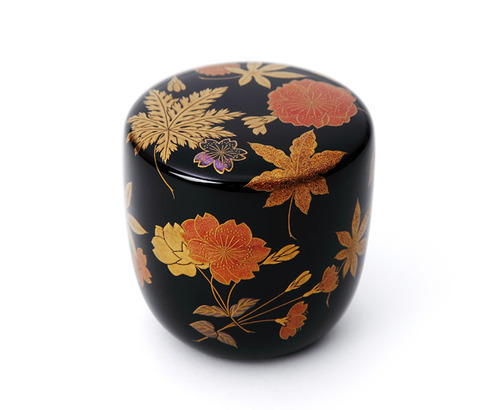


Japan History And Tradition Shikki Japanese Lacquerware



Lacquerware Wikipedia
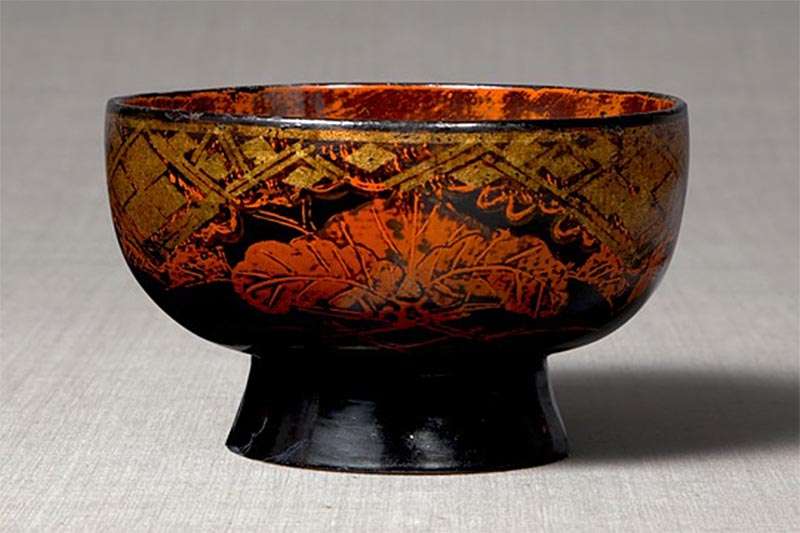


Lacquer Ware Traditional Kyoto


c A History Of The World Object A Souvenir Lacquerware Tray From Japan



Japanese Antique Large Lacquer Ware Bowl Great Makie Of Shochikibai The Many Faces Of Japan Ruby Lane
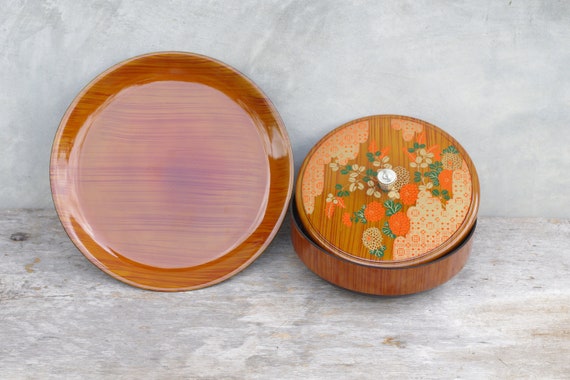


Vintage Lacquerware Box With Lid And Trayflowerkitchen Etsy



Japanese Lacquer Box Japanese Lacquerware Japanese Jewelry Etsy Japanese Lacquerware Japanese Snacks Japanese Snack Box



Japanese Lacquerware How To Distinguish Quality Items Matcha Japan Travel Web Magazine


Yamada Heiando Lacquerware C1919 Hand Crafted Imperial Luxury For Japanese Emperor
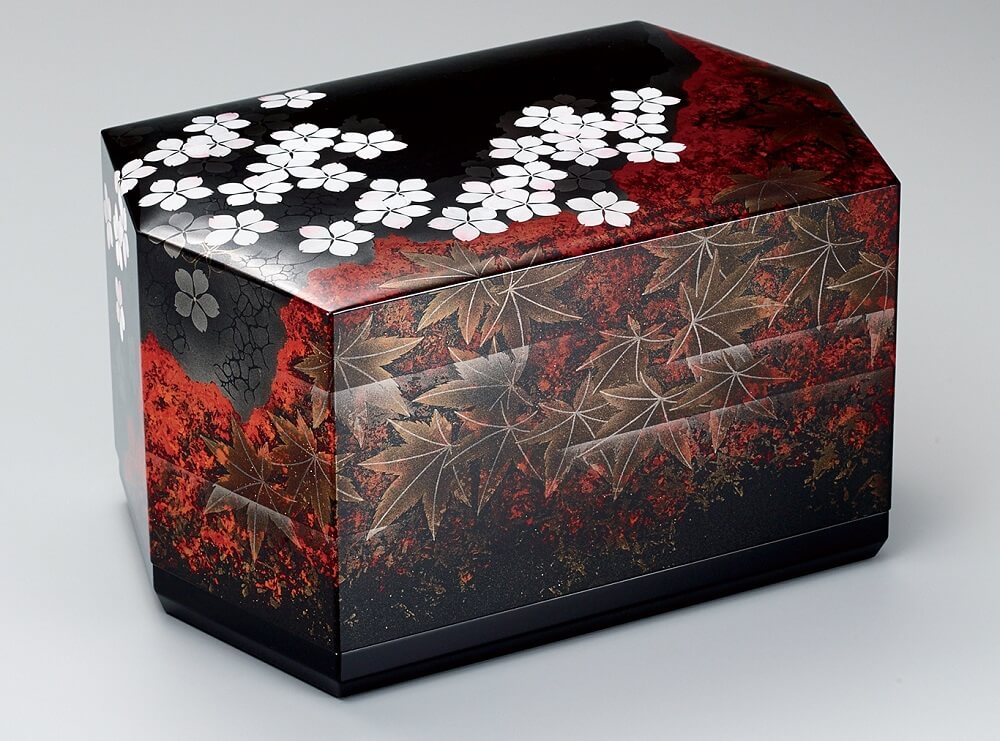


Attraction Of Japanese Lacquerware Shikki Orientalsouls Com



Traditional Japanese Crafts The Complete Guide To Japanese Lacquerware Becos Tsunagujapan



Lustrous Lacquer Antique Japanese Lacquerware Antique Sage



Japanese Lacquerware How To Distinguish Quality Items Matcha Japan Travel Web Magazine



Vintage Japanese Lacquerware Miso Soup Bowls Set Of 2 Japanese Lacquerware Vintage Japanese Soup Bowl Set
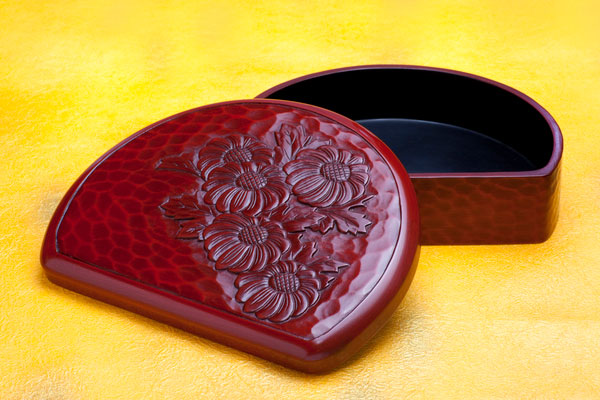


Kamakura Bori Lacquerware Kamakura Bori Kogei Japan
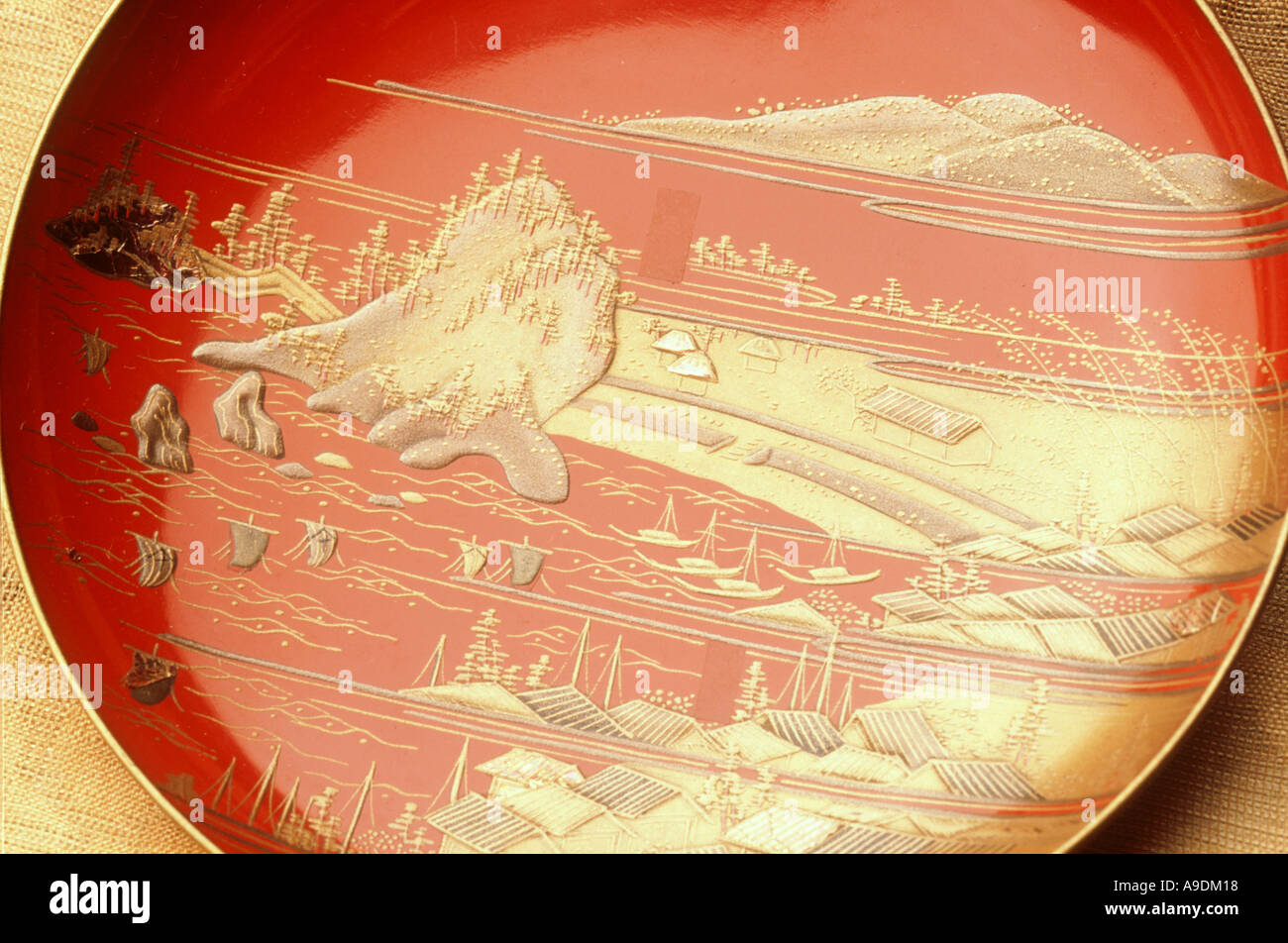


Antique Lacquer Ware Japan Stock Photo Alamy



Aizu Japan Lacquerware Lacquer Ware Salad Set Black Gold Hoosier Collectibles Ruby Lane
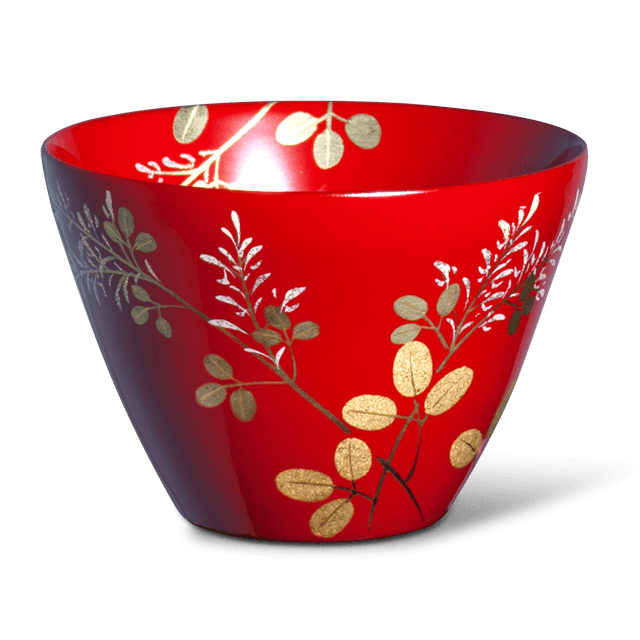


Japanese Lacquerware Urushi Sake Cup Hagi Red Orientalsouls Com


Get To Know The Attraction Of Lacquerware Japanese Traditional Technique Tsunagu Japan



Beautiful Japanese Lacquerware Kcp Japanese Language School
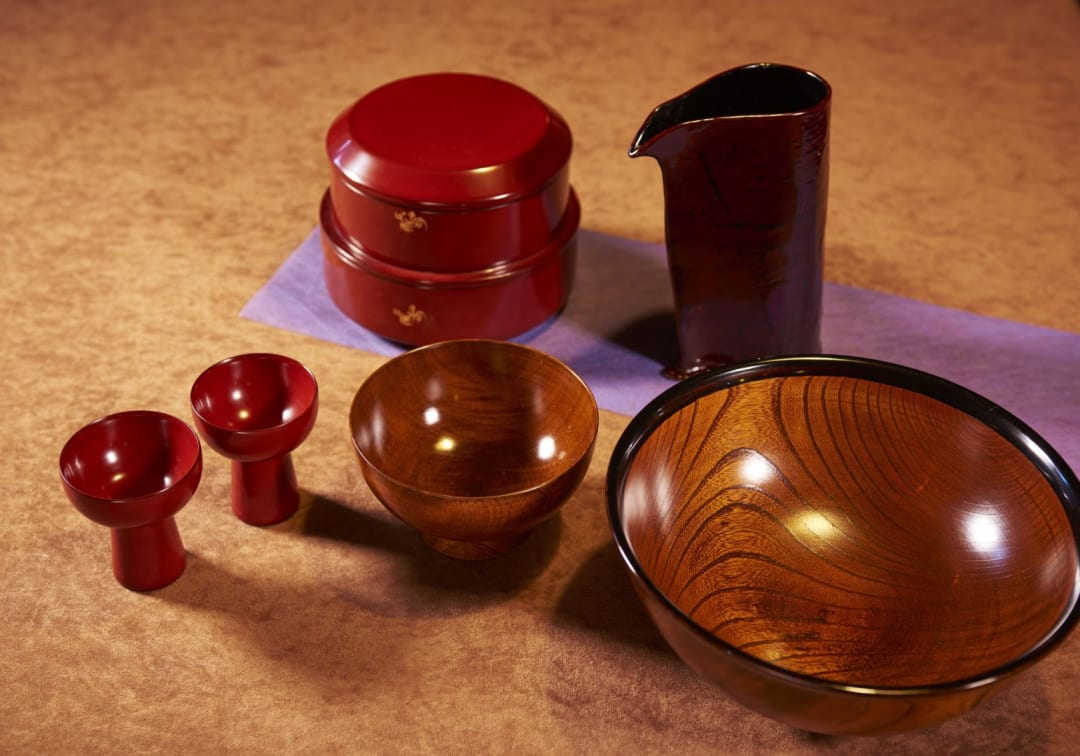


Naruko Lacquerware Travel Japan Jnto



The 4 Best Lacquerware Brands In Japan Recommendation Of Unique Japanese Products And Culture



Japanese Lacquerware From Kyoto Isuke



Art Of Lacquerware Preserved In Japan The New York Times



Japanese Vintage Lacquerware Dish Bowl By The Famous Zohiko Nishimura The Many Faces Of Japan Ruby Lane



Art Of Lacquerware Preserved In Japan The New York Times
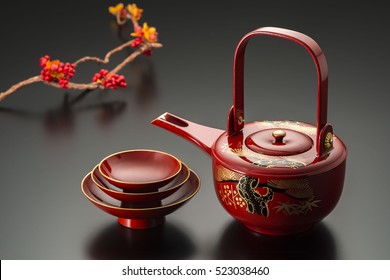


Japanese Lacquerware Images Stock Photos Vectors Shutterstock



Maruni Japanese Lacquerware Bowls Made In Occupied Japan Ebay



Soup Salad Bowls Japanese Lacquerware Pack Of Two Salad Bowl Set सल द क कट र Nizona Buy Japan Products Mumbai Id
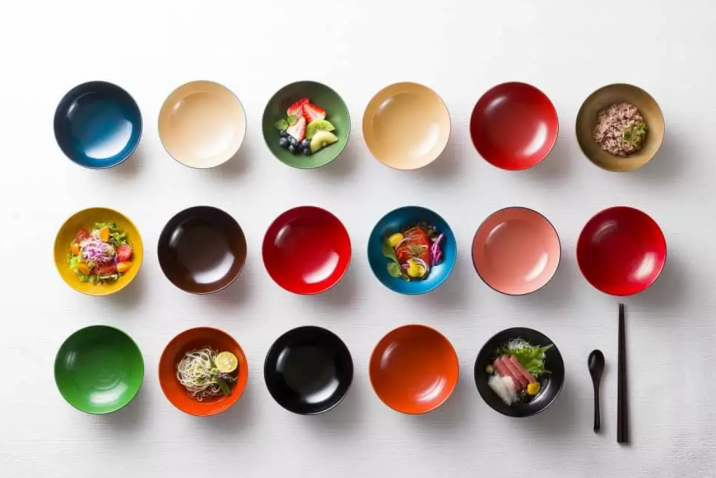


Japanese Traditional Lacquerware Archives Zenbird



Beautiful Japanese Lacquerware Kcp Japanese Language School


Bowls Japanese Lacquerware
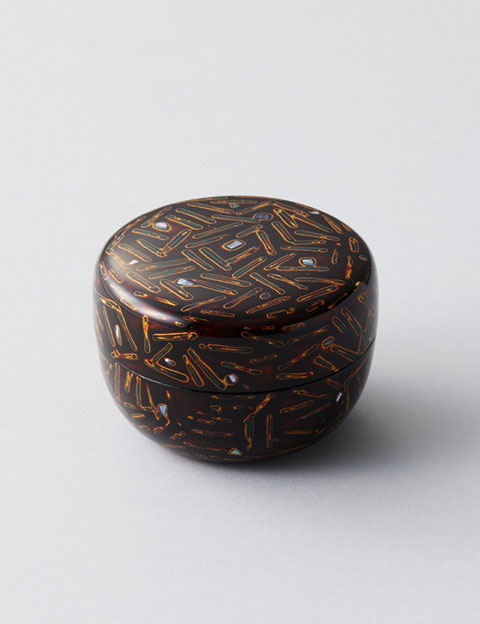


Wakasa Nuri Lacquerware 伝統的工芸品 Japan Traditional Crafts Aoyama Square


